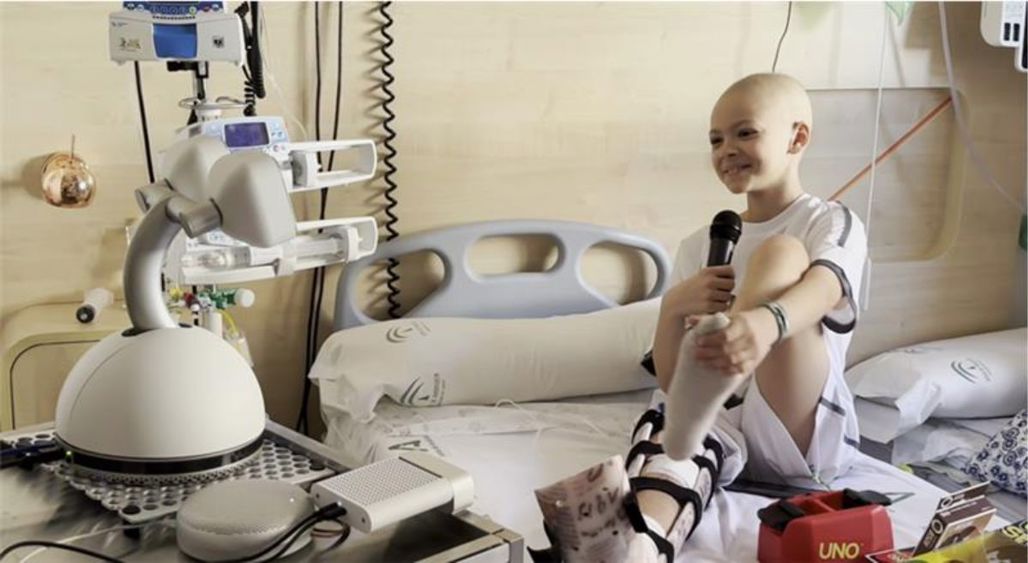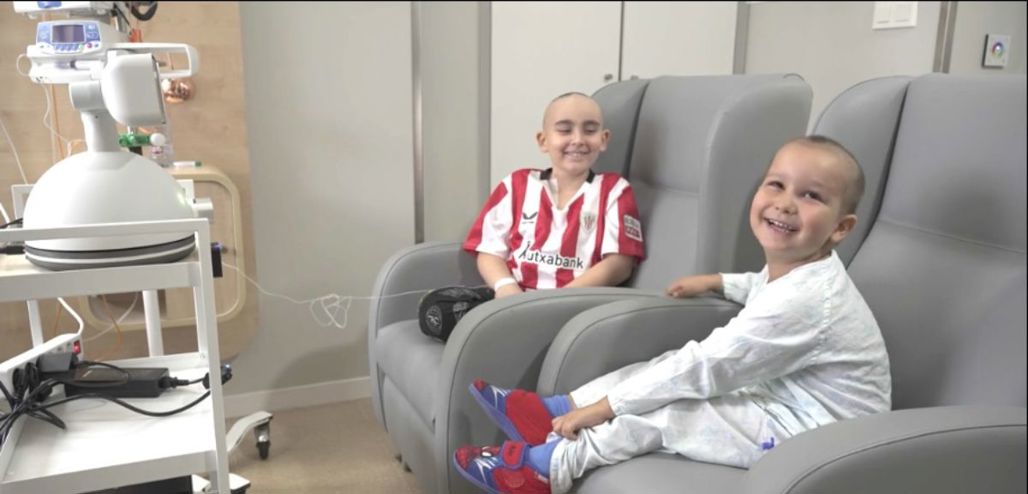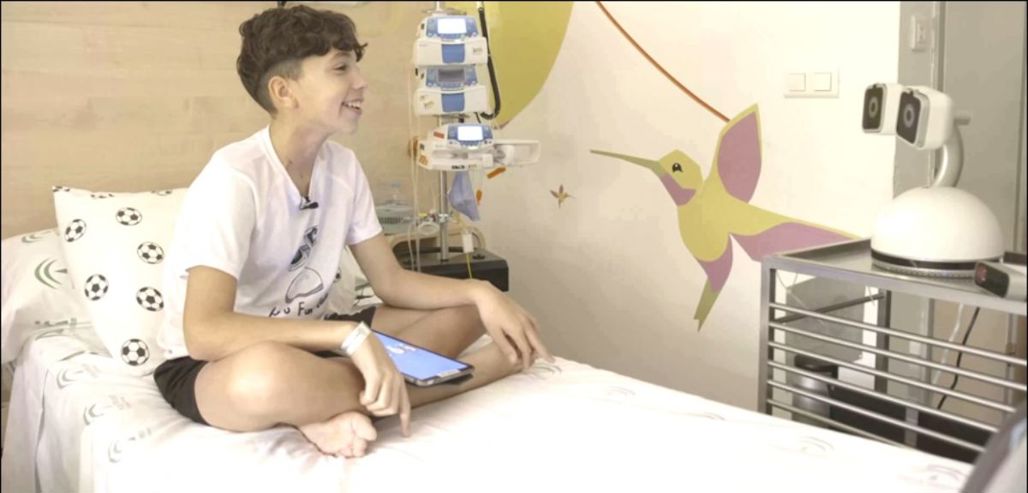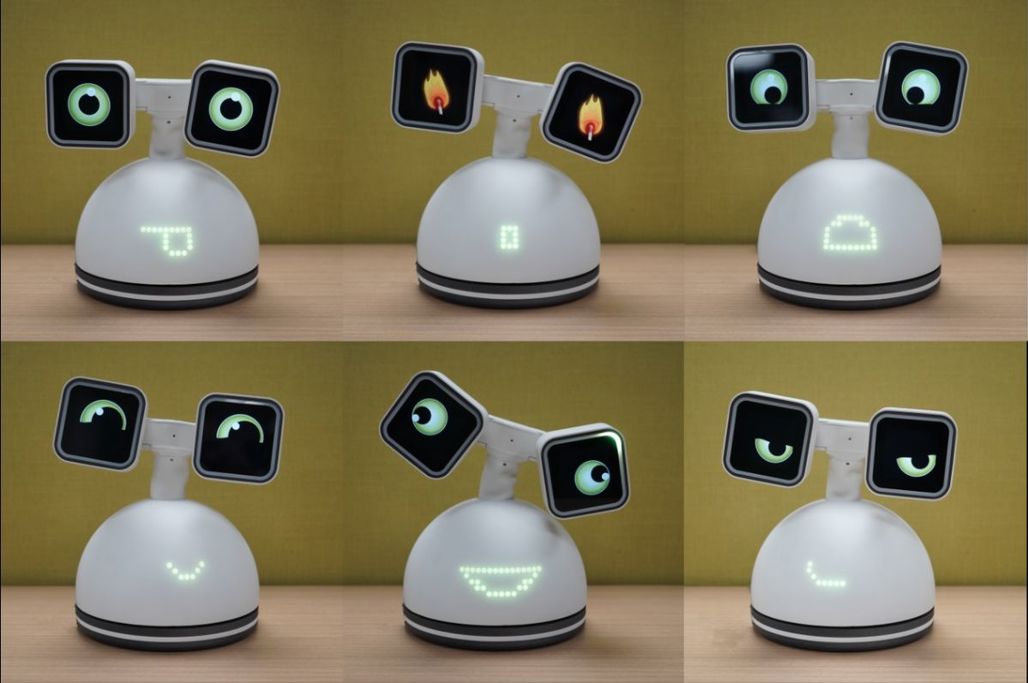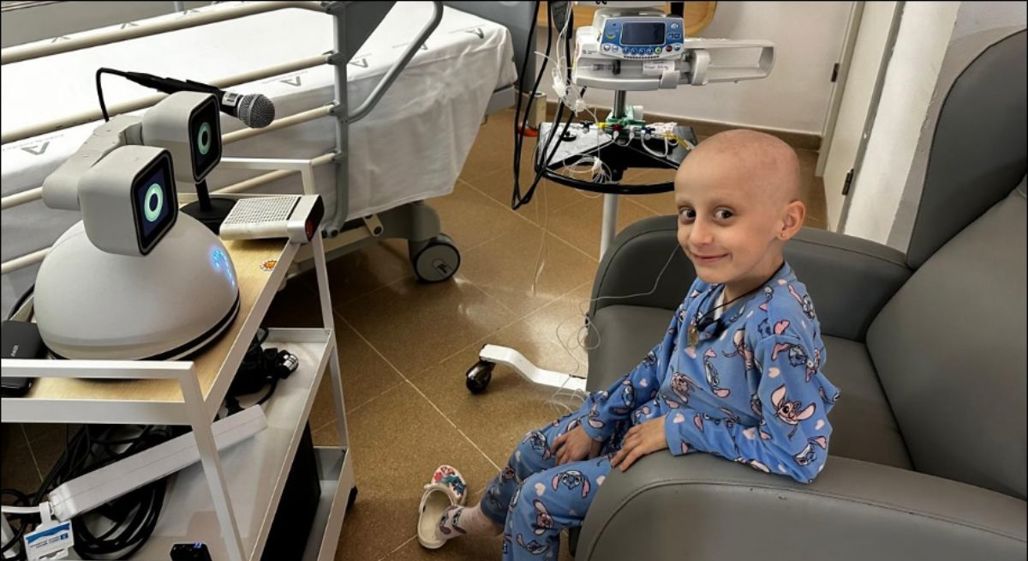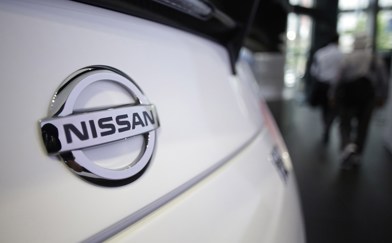Honda is partnering with a Spanish hospital through an AI-powered "social robot" called Haru, to interact with children undergoing long-term treatment.
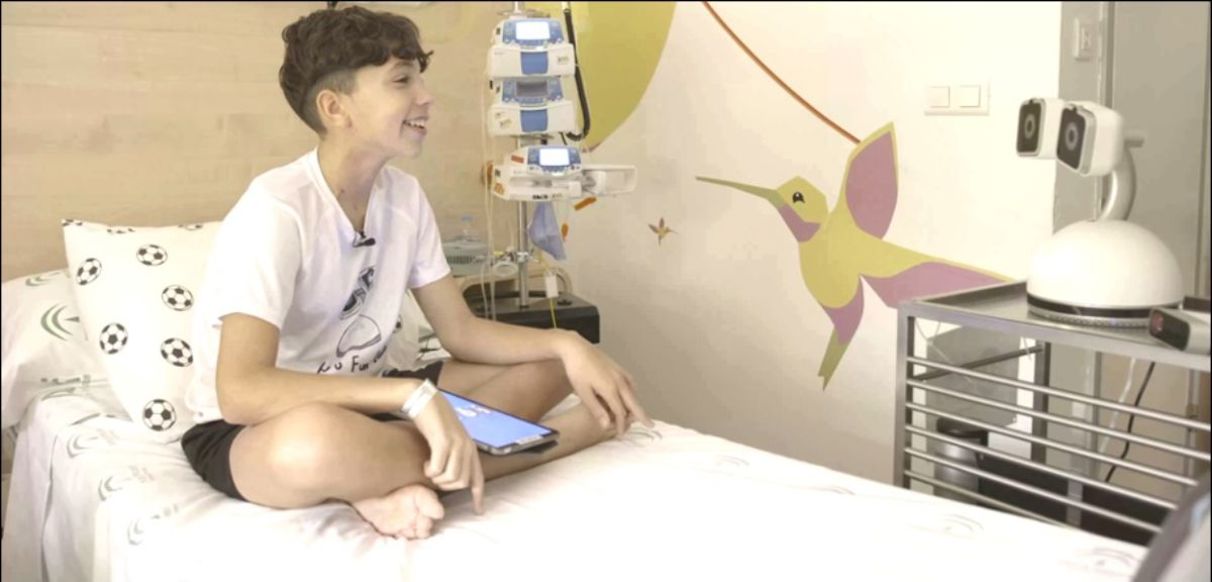
Honda is famous for its Asimo robot, which was developed in various iterations from 2000-22 and became quite a personality and brand ambassador. But while Asimo was more about mobility (the name is an acronym for Advanced Step in Innovative Mobility and when pronounced as a word means "also legs"), Haru is a static desktop robot that uses the latest in AI.
Honda Research Institute Japan developed the 300mm-high compact robot and has been working with Virgen del Rocío University Hospital (HUVR) in Seville, Spain, helping young cancer patients.
The organisations say 95% of children have become more actively engaged with their rehabilitation since trials began in 2021, with Haru able to guide patients through their programmes using normal conversation. The trial is now stepping up, with 10 units being introduced to the facility’s paediatric oncology unit until 2027.
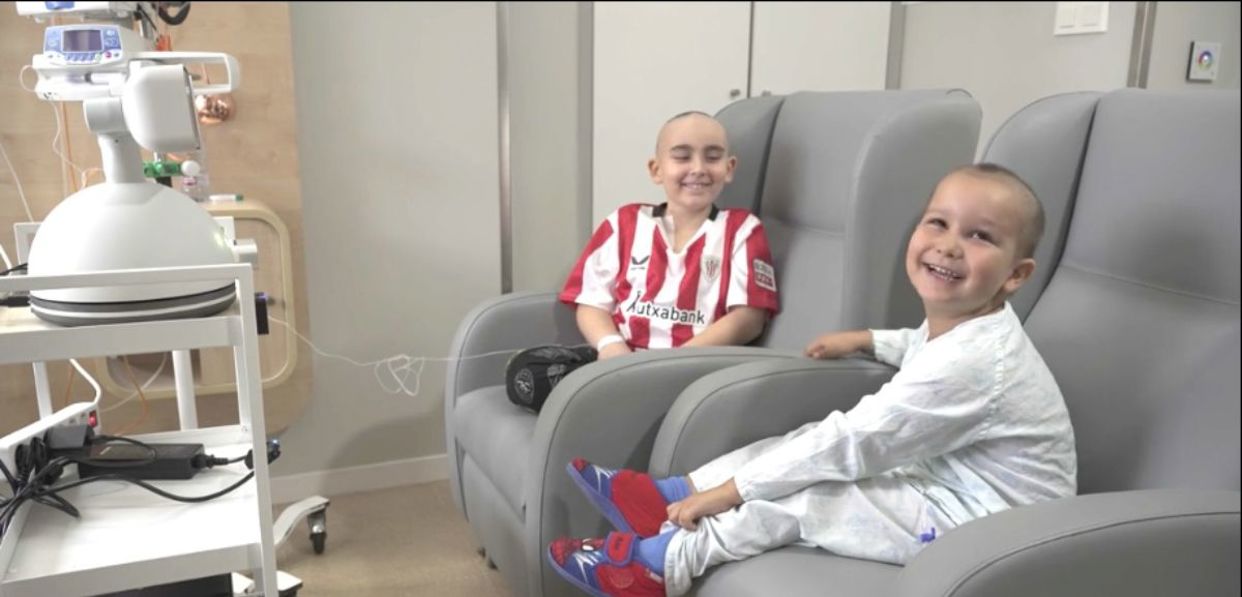
Haru obtains biometric information of the user, such as facial expressions and voice tones, through its built-in camera and microphones, then analyses the information obtained to understand the person’s current state. It interacts with them using appropriately empathetic expressions and emotionally supportive responses. It can also be linked to a wristwatch-type sensor worn by the user.
Haru can also help neuropsychologists undertake emotional and cognitive assessments – with the potential to increase the number conducted per year by almost nine times, going from 510 to as many as 4500, according to HUVR.
Haru can also connect the rooms of those in hospital with their schools online, giving them the opportunity to receive education together with those in the classroom, and to interact with other children.
Haru does not have any human attributes, such as gender, race or nationality, and communicates from a neutral perspective.
HRI-JP says it developed Haru as a "tangible AI system" to be part of a society where robots can coexist as human partners.
HRI was established in 2003 as a research operation to go beyond the range of the traditional business areas of Honda Group and "take on challenges to address issues facing humanity". Each of three HRI operations, located in Japan, the United States, and Germany, is engaged in research around next-generation AI.

